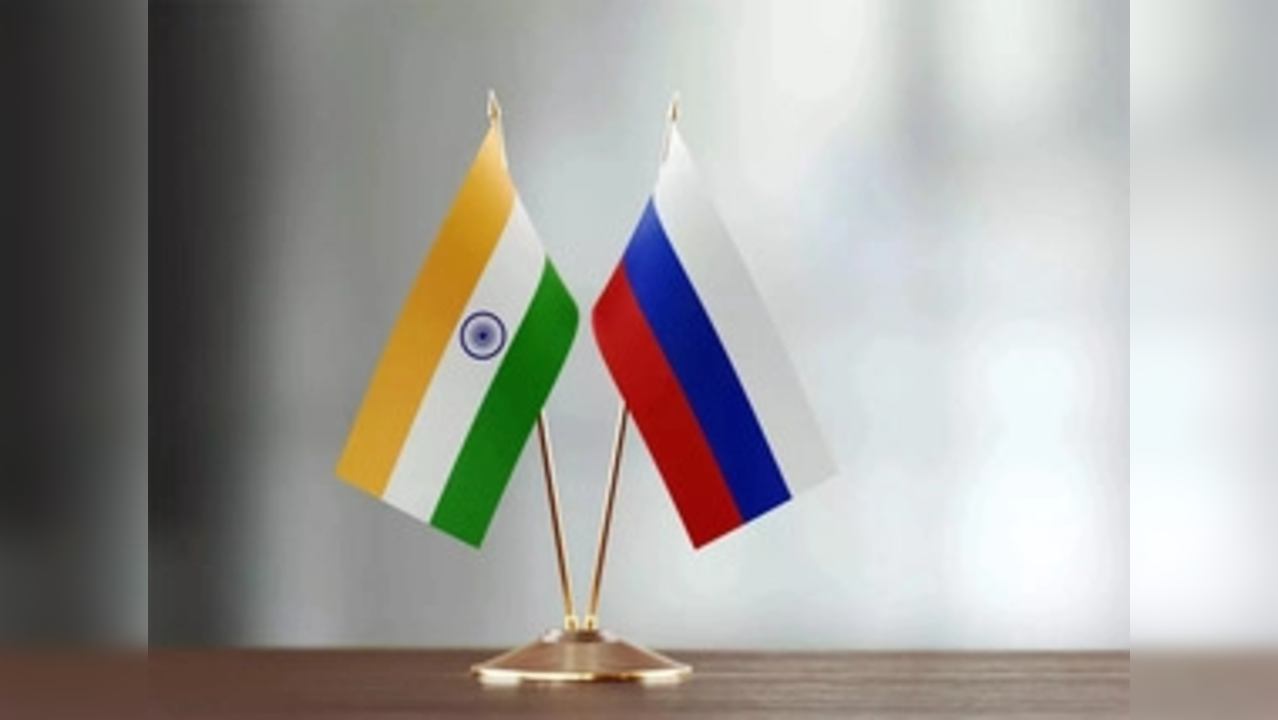India, Russia boost trading volumes using INSTC corridor via Iran
The INSTC network comprising 7,200 km of highways, sea and rail lines offers the “shortest connectivity route” between Russia and India. Because of INSTC, the two countries have also reduced the carriage cost by 30%

India, Russia boost trade volumes using INSTC corridor via Iran
Photo : iStock
Despite western sanctions on Russia overthe Ukraine war, trade volumes between India and Russia have been increasing, thanks to the International North-South Transport Corridor (INSTC). The INSTC via Iran has facilitated higher trade volumes between the two countries in the last three months.
Between May and July, Iran Shipping Lines transported 3000 tonnes of goods and 114 containers along the INSTC, according to an Economic Times report.
The INSTC network comprising 7,200-km of highways, sea and rail lines offers the “shortest connectivity route” between Russia and India. Because of INSTC, the two countries have also reduced the carriage cost by 30%, the report added.
Iran Shipping Lines took steps in April for the development of transportation along the INSTC in early April, forming an operational working group and allocating 300 vessels for the transportation of goods through the corridor.
India has pushed for the inclusion of Iran’s Chabahar Port, which New Delhi helped in developing, in INSTC. Both Russia and India wanted to make optimum use of INSTC to increase bilateral trade and the trade between India and Eurasia.
Other than trade expansion, the INSTC will be instrumental in boosting infrastructure development, creating new border checkpoints, consolidating cargo terminals and closer coordination between customs and other regulators of states involved in the corridor.
Transporting goods between Russia and India through INSTC takes less than 25 days, down from nearly 140 days through traditional routes such as Suez Canal and the Mediterranean. The corridor also provides an alternative to China’s Belt & Road initiative.
Trending:
End of Article
Subscribe to our daily Newsletter!





Related News





IMF Ups India's GDP Growth Forecast To 6.8 pc For 2024-25: IMF

What Happens When You Fail To Make Loan Repayment? Check Here

Hindustan Zinc Q4 Results: Vedanta Group Firm Reports 21 pc YOY Drop in Net Profit

Iran-Israel Conflict: Gold Prices Surge, Nifty 50 Nears 100-DMA

Supply Shortage, Crude Oil Price Surge: How Iran-Israel War May Impact Global Economy









